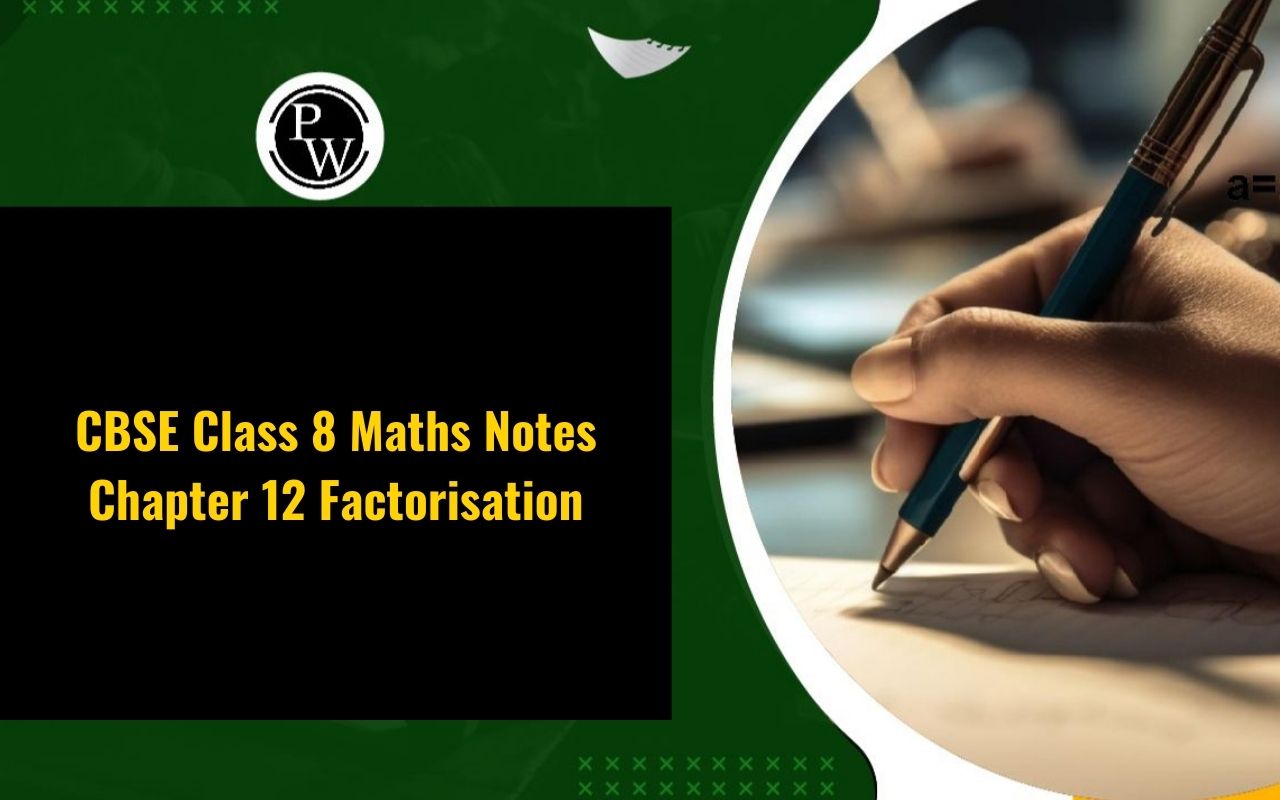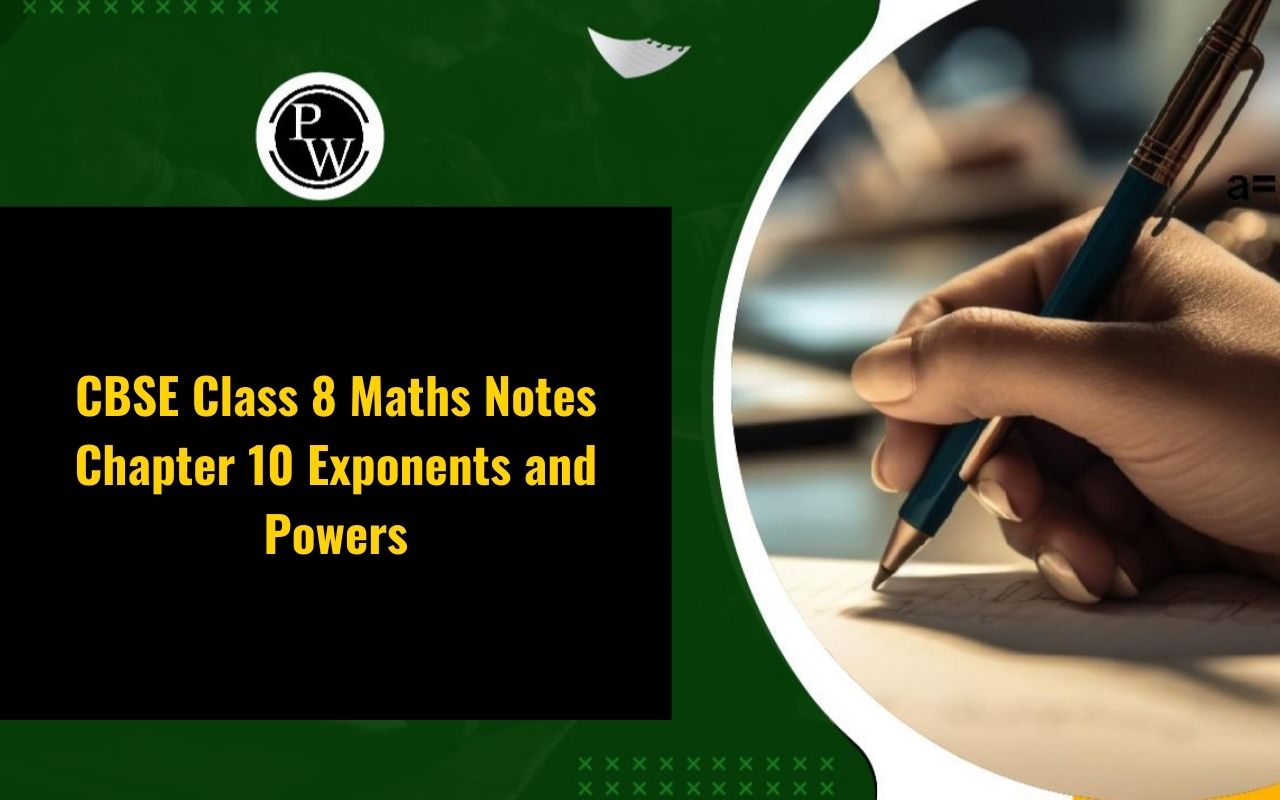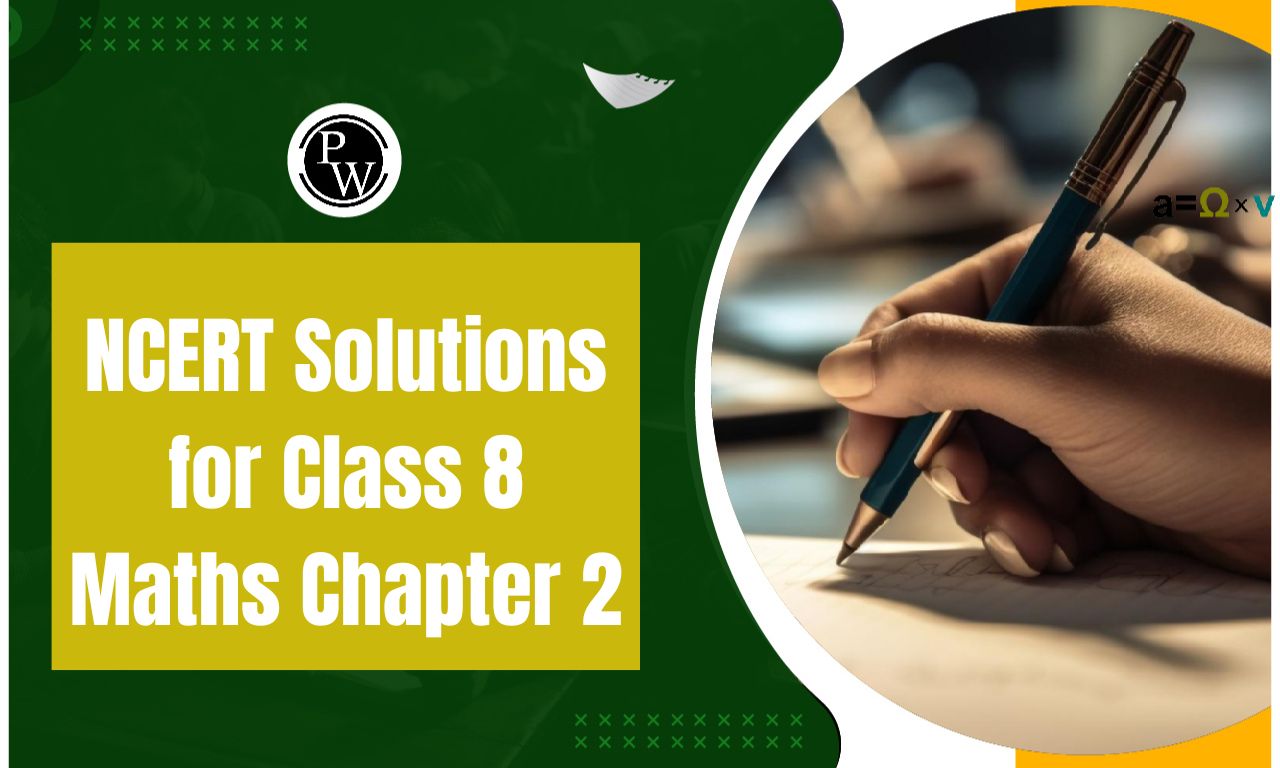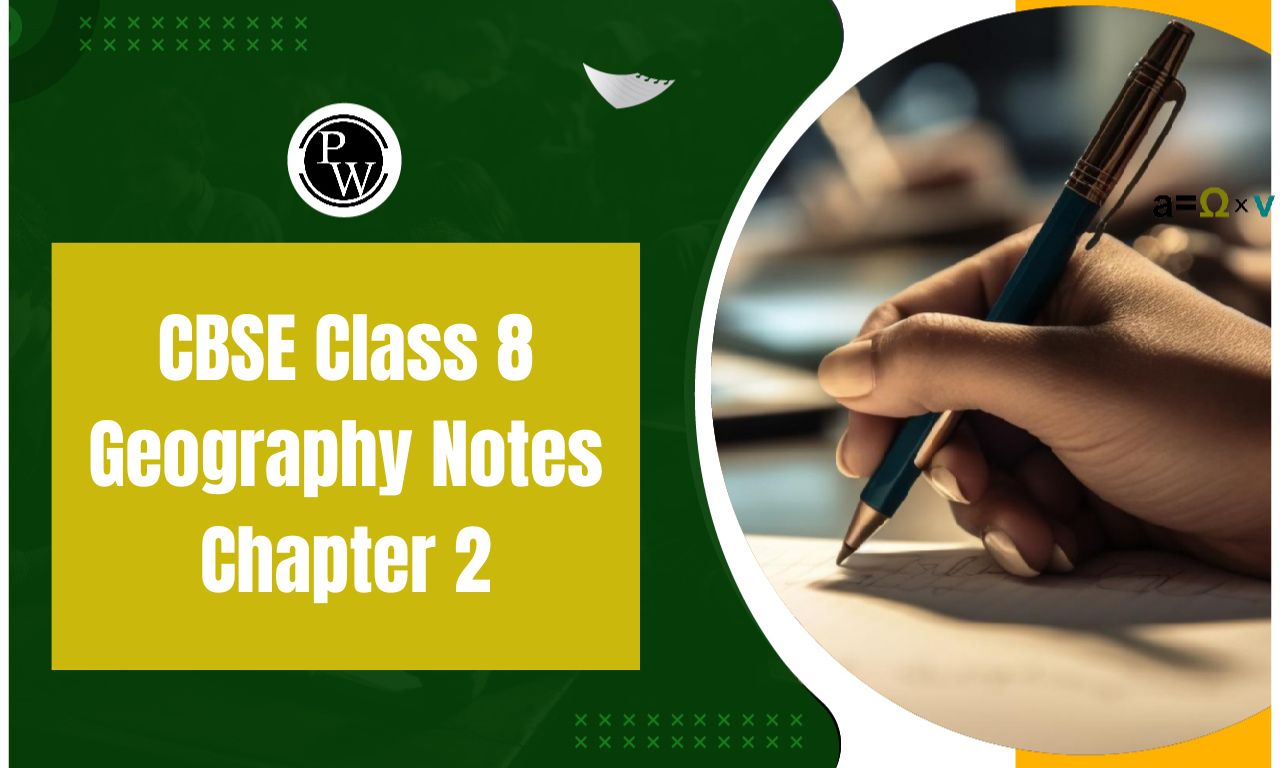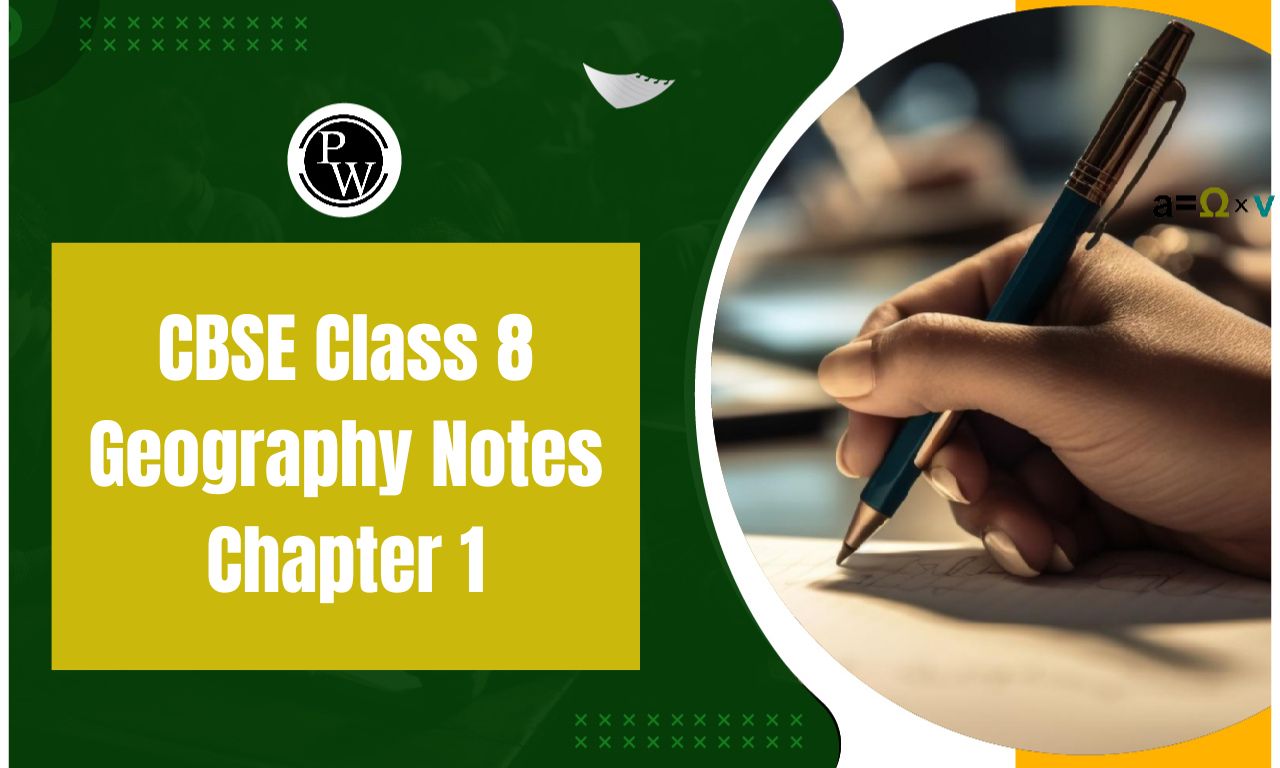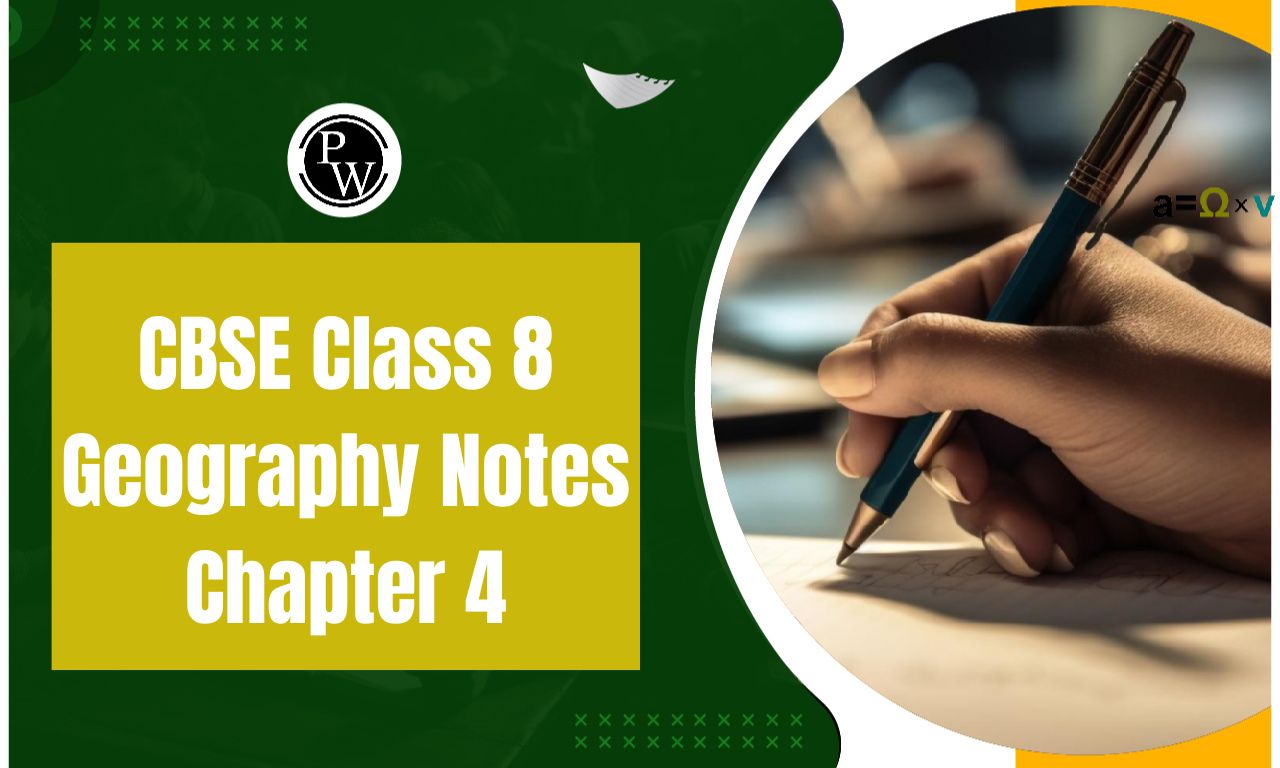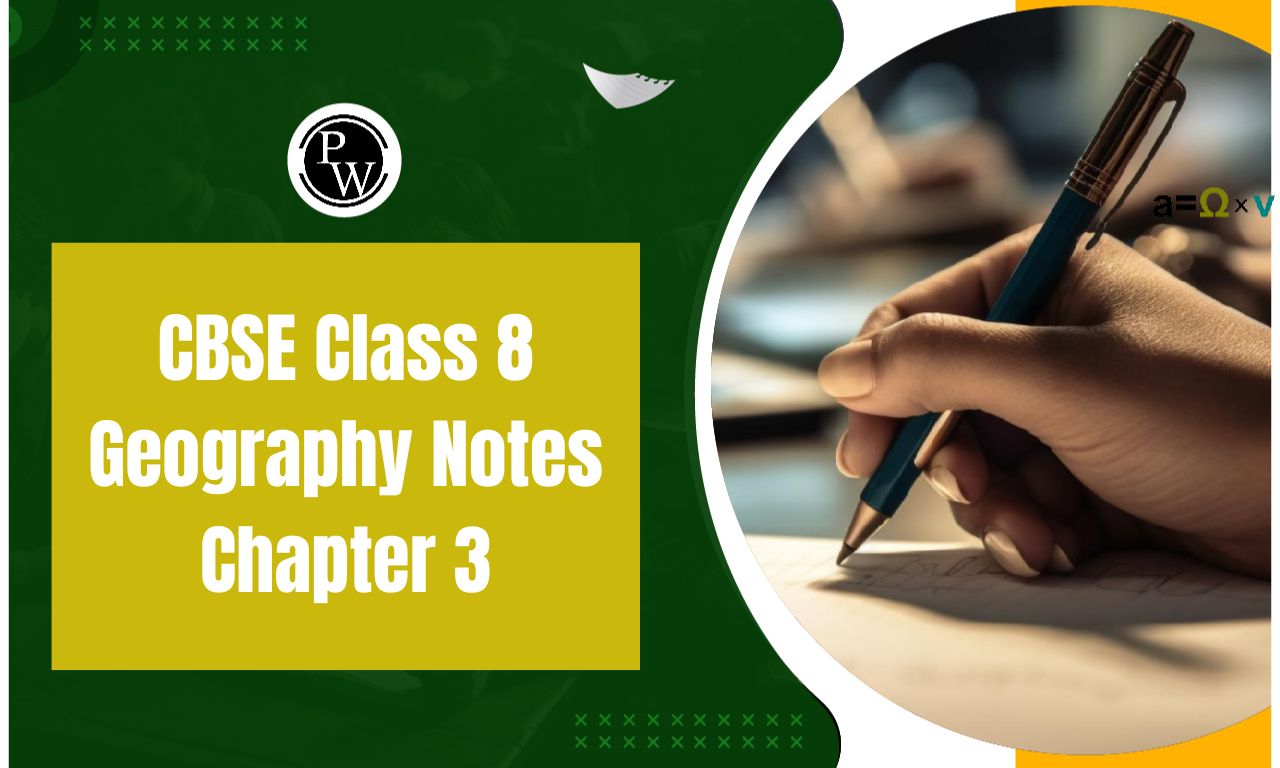
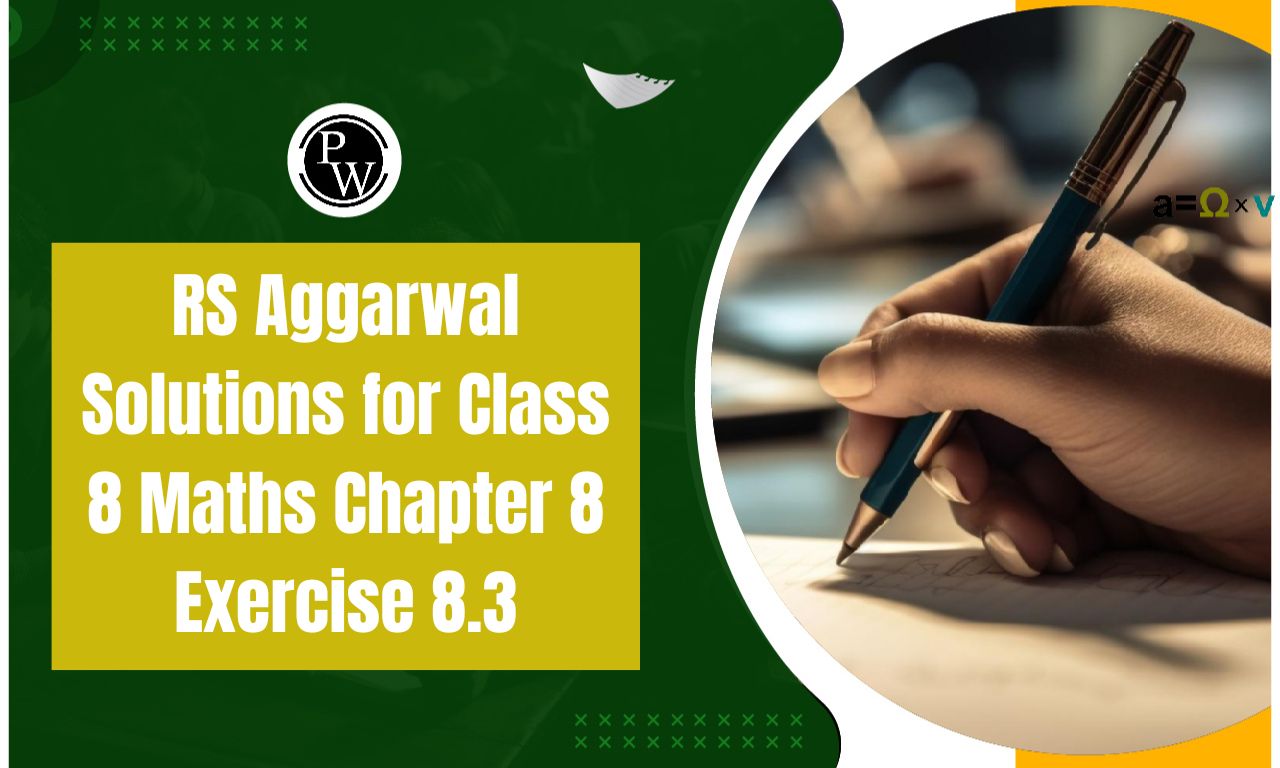
RS Aggarwal Solutions for Class 8 Maths Chapter 8 Exercise 8.3: Chapter 8 of RS Aggarwal's Class 8 Maths textbook focuses on Linear Equations , a fundamental concept in algebra that serves as the building block for more advanced mathematical topics. Exercise 8.3 (8C) specifically deals with solving linear equations in one variable.
This RS Aggarwal Solutions for Class 8 Maths Chapter 8 Exercise 8.3 (8C) introduces students to the concept of equations that contain a single unknown quantity, which they need to solve for by applying algebraic methods.RS Aggarwal Solutions for Class 8 Maths Chapter 8 Exercise 8.3 Linear Equations Overview
Chapter 8 of the RS Aggarwal Solutions for Class 8 Maths focuses on Linear Equations, an essential topic that introduces students to algebraic expressions equated to zero or another expression. Exercise 8.3 delves into solving linear equations involving one variable, where the aim is to isolate the variable on one side of the equation to find its value. The exercise challenges students to apply various methods to solve equations, such as transposing terms from one side to the other, combining like terms, and simplifying expressions. Students are also introduced to the concept of cross-multiplication in equations involving fractions. The problems in this exercise are designed to enhance the understanding of balancing equations and maintaining equality.RS Aggarwal Solutions for Class 8 Maths Chapter 8 Exercise 8.3 PDF
Below we have provided RS Aggarwal Solutions for Class 8 Maths Chapter 8 Exercise 8.3 in detail. This chapter will help you to clear all your doubts regarding the chapter. Students are advised to prepare from these RS Aggarwal Solutions for Class 8 Maths Chapter 8 Exercise 8.3 before the examinations to perform better.RS Aggarwal Solutions for Class 8 Maths Chapter 8 Exercise 8.3 PDF
RS Aggarwal Solutions for Class 8 Maths Chapter 8 Exercise 8.3 (Ex 8C)
Below we have provided RS Aggarwal Solutions for Class 8 Maths Chapter 8 Exercise 8.3 Linear Equations –Tick (√) the correct answer in each of the following:
Question (1) If 2x – 3 = x + 2, then x =?
⇒ 2x – 3 = x + 2 ⇒ 2x – x = 2 + 3 ⇒ x = 5 Ans: (c)Question
 ⇒ 10x – 3x = – 28 – 7
⇒ 7x = – 35
⇒ x = – 5
Ans: (b)
⇒ 10x – 3x = – 28 – 7
⇒ 7x = – 35
⇒ x = – 5
Ans: (b)
Question

Question

Question
(5) If 5t – 3 = 3t – 5, then t =?
⇒ 5t – 3 = 3t – 5 ⇒ 5t – 3t = – 5 + 3 ⇒ 2t = – 2 ⇒ t = – 1 Ans: (b)Question

Question
 ⇒ 12x + 8 = x – 3
⇒ 12x – x = – 3 – 8
⇒ 11x = – 11
⇒ x = – 1
Ans: (b)
⇒ 12x + 8 = x – 3
⇒ 12x – x = – 3 – 8
⇒ 11x = – 11
⇒ x = – 1
Ans: (b)
Question

Question

Question

Question

Question
(12) If 3(t – 3) = 5(2t + 1), then t =?
⇒ 3(t – 3) = 5(2t + 1) ⇒ 3t – 9 = 10t + 5 ⇒ 10t + 5 = 3t – 9 ⇒ 10t – 3t = – 9 – 5 ⇒ 7t = – 14 ⇒ t = – 2 Ans: (a)Question
(13) Four – fifths of a number is greater than three-fourths of the number by 4. The number is
⇒ Let the number be x.
Question
(14) The ages of A and B are in the ratio 5 : 7. Four years from now the ratio of their ages will be 3 : 4. The present age of B is
⇒ Let the age of the A and B is 5x years and 7x years respectively. ⇒ x = 4
Therefore the age of the B = (7 × 4) = 28 years
Ans: (b)
⇒ x = 4
Therefore the age of the B = (7 × 4) = 28 years
Ans: (b)
Question
(15) The base of an isosceles triangle is 6 cm and perimeter is 16 cm. length of each of the equal sides is
⇒ Let the equal side of the triangle be x cm. The perimeter of the triangle = (x + x+ 6) = (2x + 6) cm ∴ 2x + 6 = 16 ⇒ 2x = 16 – 6 ⇒ 2x = 10 ⇒ x = 5 Therefore, the length of each side = 5 cm. Ans: (b)Question
(16) Sum of three consecutive integers is 51. The middle one is
⇒ Let the three consecutive integers be x, (x+ 1) and (x + 2). ∴ x + (x + 1) + (x + 2) = 51 ⇒ x + x + 1 + x + 2 = 51 ⇒ 3x = 51 – 3 ⇒ 3x = 48 ⇒ x = 16 Therefore, the middle integer = (16 + 1) = 17 Ans: (d)Question
(17) The sum of two numbers is 95. If one exceeds the other by 15, then the smaller of the two is
⇒ Let the number of be x and x + 15. ∴ x + x+ 15 = 95 ⇒ 2x = 95 – 15 ⇒ 2x = 80 ⇒ x = 40 Therefore, the smaller number is 40. Ans: (a)Question
(18) Number of boys and girls in a class are in the ratio 7 : 5. The number of boys is 8 more than the number of girls. The total class strength is
⇒ Let the number of boys be x and the girls be (x – 8). Therefore, the number of boys = 28 and the number of girls = (28 – 8) = 20.
Total strength of the class = (28 + 20) = 48.
Ans: (c)
Therefore, the number of boys = 28 and the number of girls = (28 – 8) = 20.
Total strength of the class = (28 + 20) = 48.
Ans: (c)
Benefits of RS Aggarwal Solutions for Class 8 Maths Chapter 8 Exercise 8.3
The RS Aggarwal Solutions for Class 8 Maths Chapter 8, Exercise 8.3 on Linear Equations offers numerous benefits for students, making it an invaluable resource for mastering algebraic concepts. Here are some key benefits:Comprehensive Understanding: The solutions provide detailed, step-by-step explanations of each problem, helping students understand the fundamental principles of solving linear equations. This clarity aids in grasping the logic behind each step, ensuring a thorough comprehension of the topic.
Skill Development: By working through the solutions, students develop essential mathematical skills, such as equation manipulation, balancing, and simplification. These skills are foundational for more advanced mathematical studies and real-world problem-solving.
Confidence Building: Successfully solving problems and understanding solutions boosts students' confidence in their mathematical abilities. This confidence is crucial for tackling more complex topics in algebra and other areas of mathematics.
Preparation for Exams: RS Aggarwal Solutions align with the curriculum and exam patterns, making them an excellent tool for exam preparation. Practicing these solutions helps students familiarize themselves with the types of questions they may encounter in exams, improving their problem-solving speed and accuracy.
Self-Assessment: The solutions allow students to check their work against accurately solved problems, enabling them to identify areas where they need improvement. This self-assessment helps in targeting weak points and focusing on specific areas for practice.
Logical Reasoning: Solving linear equations enhances logical reasoning and analytical thinking. Students learn to approach problems systematically, break down complex equations into manageable steps, and apply logical methods to find solutions.
RS Aggarwal Solutions for Class 8 Maths Chapter 8 Exercise 8.3 FAQs
What are the rules of linear equations?
What is the easiest method to solve a linear equation?
What is the standard form of linear equation Class 8?
Are linear equations difficult?

